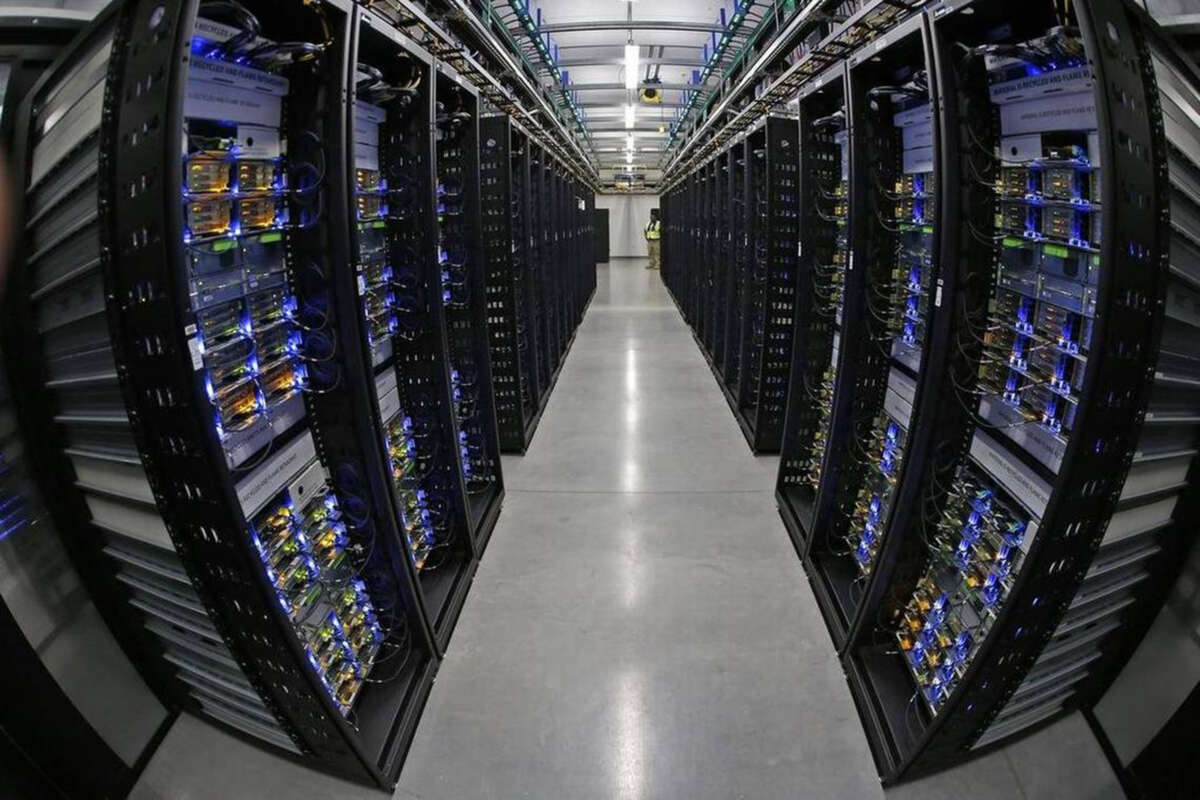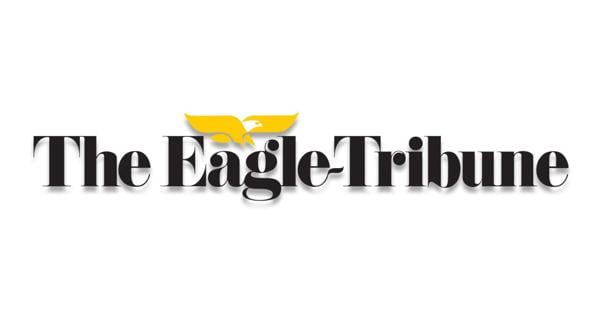In a notable shift within digital marketing, email has demonstrated remarkable growth in return on investment (ROI), setting the stage for an engagement boom as we approach 2025. Recent findings reveal that email marketing is not only surviving but thriving, with key metrics such as open rates and click-through rates (CTR) showing significant improvement. This resurgence is underscored by projections indicating that the global email user base will reach an astonishing 4.6 billion by 2025, reinforcing email’s enduring relevance in a crowded marketing landscape.
Rising Email ROI and Engagement Metrics
A detailed report from Omnisend highlights that email marketing now yields an average ROI of $42 for every dollar spent, surpassing many other digital channels. Marketers are experiencing increased open rates, averaging between 21% and 25%, a substantial rise attributed to improved targeting techniques and mobile optimization. During peak holiday seasons, mobile email opens soar to 44.2%, reflecting a growing trend of consumers checking emails on their smartphones. This shift underscores the need for responsive email designs and timely campaigns, which transform email from a static tool into a dynamic channel for engagement.
Insights from Constant Contact for the years 2024-2025 reveal that click-through rates are also climbing, averaging between 2% and 3%. This increase is linked to sophisticated segmentation strategies, where emails tailored to user behavior generate up to 760% more revenue than non-segmented communications. Lifecycle automation, which triggers messages based on customer journeys, contributes significantly to this revenue stream, accounting for 87% of automated earnings, as noted in Omnisend’s analysis.
The integration of artificial intelligence (AI) and machine learning is emerging as a crucial factor in email marketing success. A marketing expert quoted in Hostinger’s tutorial on email marketing statistics emphasized that “AI-powered personalization is no longer optional; it’s essential for cutting through inbox clutter.” These technologies enable predictive analytics, helping marketers determine optimal send times and content preferences to enhance engagement.
Email’s Dominance Over Social Media
Email’s effectiveness becomes even more pronounced when compared to social media platforms. Research from Sender.net indicates that email generates six times more revenue than social media posts, solidifying its position as a critical tool for both B2B and B2C marketing. As the global user base is projected to reach 4.6 billion by 2025, according to Statista, the scale of email marketing is unmatched.
The holiday season amplifies the importance of mobile engagement, with 60%-62% of all emails opened on mobile devices, according to Nutshell’s blog. This trend necessitates mobile-first designs, characterized by shorter subject lines and scannable content, to capture the attention of consumers during peak shopping times. Automation tools, such as those provided by GetResponse, drive higher conversion rates through segmented campaigns. Their statistics suggest that automated emails generate 320% more revenue compared to non-automated emails, particularly in e-commerce settings where abandoned cart reminders effectively recover lost sales.
Real-world examples support these findings. Brands utilizing behavioral segmentation report engagement rates increasing by 87%, demonstrating the power of targeted communication. This approach involves dividing audiences based on past interactions, preferences, and purchase history, ensuring the relevance of content amidst the challenges posed by privacy regulations.
Looking ahead, automated revenue streams are expected to continue revolutionizing marketing strategies. Insights from Entrepreneur’s HQ indicate that integrating automation with customer relationship management (CRM) systems can yield ROI benchmarks as high as 4,200%. This trend is particularly evident in retail, where welcome series and re-engagement flows keep customers informed and engaged.
Current discussions on social media platforms echo the sentiment that email marketing remains a reliable choice, with influencers like Chase Dimond citing average ROIs of 36x-42x in comparison to other channels. Dimond tweeted, “Email has a 36x-42x average ROI,” underscoring its effectiveness over paid advertising.
The ongoing evolution of email marketing is also shaped by compliance with privacy regulations, such as the General Data Protection Regulation (GDPR) and the California Consumer Privacy Act (CCPA). Reports from Sender.net stress the importance of transparent data usage to maintain consumer trust, ensuring sustained engagement amid regulatory scrutiny.
As the landscape of email marketing continues to evolve, the integration of AI analytics promises even greater precision in targeting and personalization. Experts predict that these trends will drive open rates higher, with benchmarks rapidly changing. Voices from the marketing community advocate for creative subject lines and innovative content to enhance engagement, reinforcing the notion that email remains a powerful marketing tool.
Ultimately, as we approach 2025, the engagement metrics and ROI benchmarks position email marketing as an indispensable component of any effective marketing strategy. With smart, automated approaches, email is set to thrive, generating increased engagement and revenue in the years to come.







